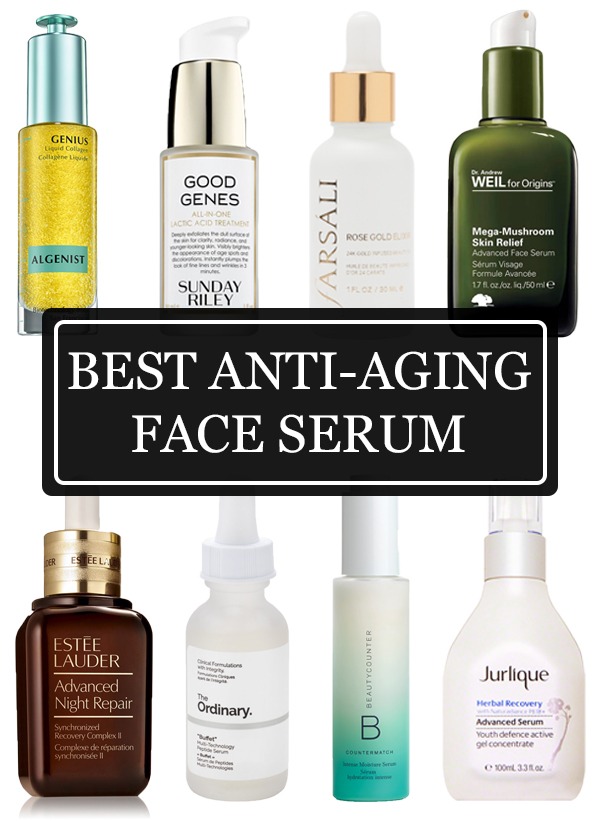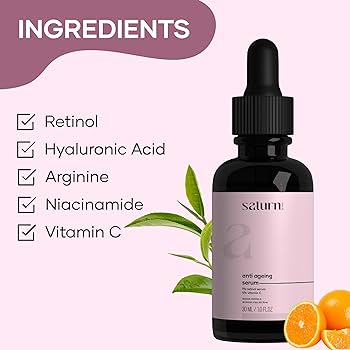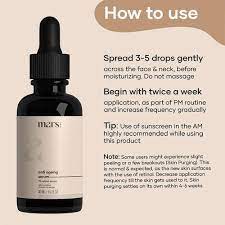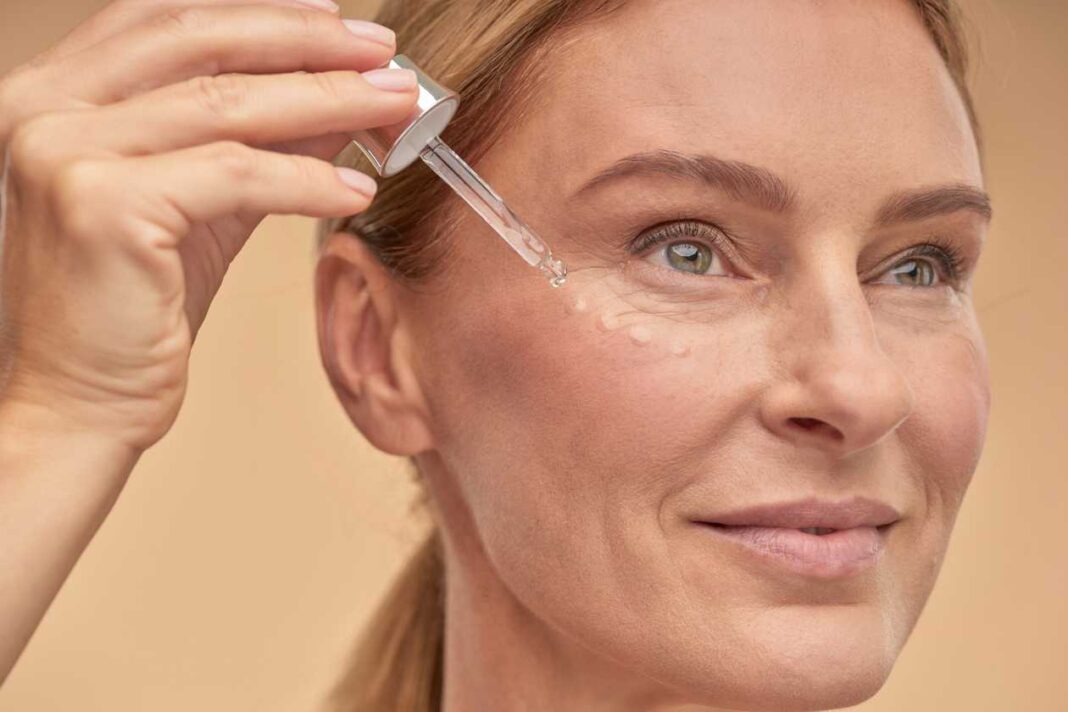In the pursuit of youthful and radiant skin, anti-aging products have become an integral part of skincare routines. Among these, anti-aging serum and cream are two popular choices, each offering distinct benefits. But what exactly are they, and how do they differ?
Understanding Anti-Aging Serum
An anti-aging serum is a lightweight, fast-absorbing liquid formulated to deliver high concentrations of active ingredients deep into the skin. These serums typically contain potent antioxidants, peptides, and vitamins designed to target specific aging concerns such as fine lines, wrinkles, and uneven texture.
Key ingredients commonly found in anti-aging serums include retinol, hyaluronic acid, vitamin C, and niacinamide. Retinol stimulates collagen production, reducing the appearance of wrinkles, while hyaluronic acid hydrates and plumps the skin. Vitamin C brightens the complexion and protects against environmental damage, while niacinamide improves skin elasticity and texture.
Exploring Anti-Aging Cream
On the other hand, an anti-aging cream is a thicker, richer formulation designed to nourish and moisturize the skin while targeting signs of aging. These creams often contain emollients, occlusives, and humectants to provide intense hydration and seal in moisture, leaving the skin soft and supple.
Ingredients commonly found in anti-aging creams include peptides, ceramides, and botanical extracts. Peptides promote collagen synthesis and firmness, while ceramides strengthen the skin’s natural barrier, preventing moisture loss. Botanical extracts such as green tea and aloe vera soothe and rejuvenate the skin, reducing redness and inflammation.
Differences Between Serum and Cream
The primary difference between anti-aging serum and cream lies in their texture and consistency. Serums are lightweight and fluid, allowing for quick absorption into the skin, while creams are thicker and more occlusive, forming a protective barrier on the skin’s surface.
Another distinction is in their mode of action. Serums penetrate deep into the skin to deliver active ingredients directly to the target cells, providing more concentrated and potent results. In contrast, creams primarily hydrate and moisturize the outer layers of the skin, offering long-lasting hydration and barrier protection.
Choosing the Best for Anti-Aging Skin
When deciding between an anti-aging serum and cream, several factors should be considered, including skin type, age, and specific concerns. For those with oily or combination skin, a lightweight serum may be more suitable, while those with dry or mature skin may benefit from the rich texture of a cream.
It’s essential to choose products that address your individual needs and concerns, whether it’s reducing fine lines, improving skin tone, or enhancing firmness. Additionally, incorporating sunscreen into your daily skincare routine is crucial to protect against further sun damage and premature aging.

Factors Affecting Facial Skin with Age
As we age, several factors contribute to changes in our facial skin’s appearance and texture:
- Sun exposure: UV radiation from the sun accelerates skin aging, causing wrinkles, age spots, and sagging skin.
- Hormonal changes: Fluctuations in hormone levels, particularly during menopause, can lead to decreased collagen production and loss of skin elasticity.
- Lifestyle habits: Smoking, poor diet, and lack of exercise can all contribute to premature aging by increasing oxidative stress and inflammation in the skin.
Effects of Age on Facial Skin
- Decreased Collagen Production
- With age, the body produces less collagen, leading to reduced skin elasticity and firmness.
- Loss of Elasticity
- Elastin fibers in the skin diminish over time, resulting in sagging and wrinkles.
- Formation of Fine Lines and Wrinkles
- As collagen and elastin levels decline, the skin becomes more prone to developing fine lines and wrinkles, especially around the eyes, mouth, and forehead.
- Thinning of the Epidermis
- The outer layer of the skin, known as the epidermis, becomes thinner with age, making it more susceptible to damage and moisture loss.
- Increased Dryness
- Aging skin produces less natural oils, leading to dryness, flakiness, and rough texture.
- Uneven Pigmentation
- Sun exposure and hormonal changes can cause pigmentation irregularities, resulting in age spots, freckles, and blotchiness.
- Slower Cell Turnover
- The rate of cell turnover decreases as we age, leading to a dull complexion and delayed healing of wounds and blemishes.
- Decreased Blood Circulation
- Reduced blood flow to the skin results in a dull, pale appearance and slower regeneration of cells.
- Loss of Facial Fat
- Fat pads in the face diminish over time, leading to hollowed cheeks, sunken eyes, and more pronounced facial contours.
- Weakening of Facial Muscles
- Muscles in the face lose tone and firmness with age, contributing to the formation of lines and wrinkles.
These effects collectively contribute to the aging process, resulting in changes in the appearance, texture, and overall health of facial skin.
Most Effective Ingredients in Serums
When it comes to targeting mature-looking skin, certain ingredients have been proven particularly effective:
- Retinol: A derivative of vitamin A, retinol stimulates collagen production, reduces wrinkles, and improves skin texture.
- Hyaluronic acid: This humectant draws moisture into the skin, plumping fine lines and improving hydration levels.
- Vitamin C: A powerful antioxidant, vitamin C brightens the complexion, protects against free radical damage, and promotes collagen synthesis.

Frequency of Serum Use
To achieve optimal results, it’s recommended to use an anti-aging serum daily as part of your skincare routine. Apply a few drops to clean, dry skin, gently massaging it in until fully absorbed. For best results, follow with a moisturizer and sunscreen during the day.
Using a serum at night can be particularly beneficial, as the skin repairs and regenerates while you sleep. Incorporating a retinol-based serum into your nighttime routine can help accelerate cell turnover and promote smoother, younger-looking skin over time.

Conclusion
In conclusion, anti-aging serums and creams are both valuable additions to any skincare regimen, offering unique benefits tailored to individual needs. Whether you prefer the lightweight texture of a serum or the nourishing properties of a cream, incorporating these products into your daily routine can help combat signs of aging and maintain a youthful complexion.
FAQs
- How do I know if I need an anti-aging serum or cream?
- Consider your skin type, age, and specific concerns. Serums are ideal for targeting specific aging concerns, while creams provide hydration and moisture.
- Can I use both serum and cream together?
- Yes, layering a serum underneath a cream can provide added benefits, as long as the products are compatible and suit your skin type.
- Are there any side effects of using anti-aging products?
- Some individuals may experience sensitivity, redness, or irritation when using certain anti-aging ingredients. It’s essential to patch-test new products and consult with a dermatologist if you have any concerns.
- Can anti-aging products reverse wrinkles completely?
- While anti-aging products can help reduce the appearance of wrinkles and fine lines
